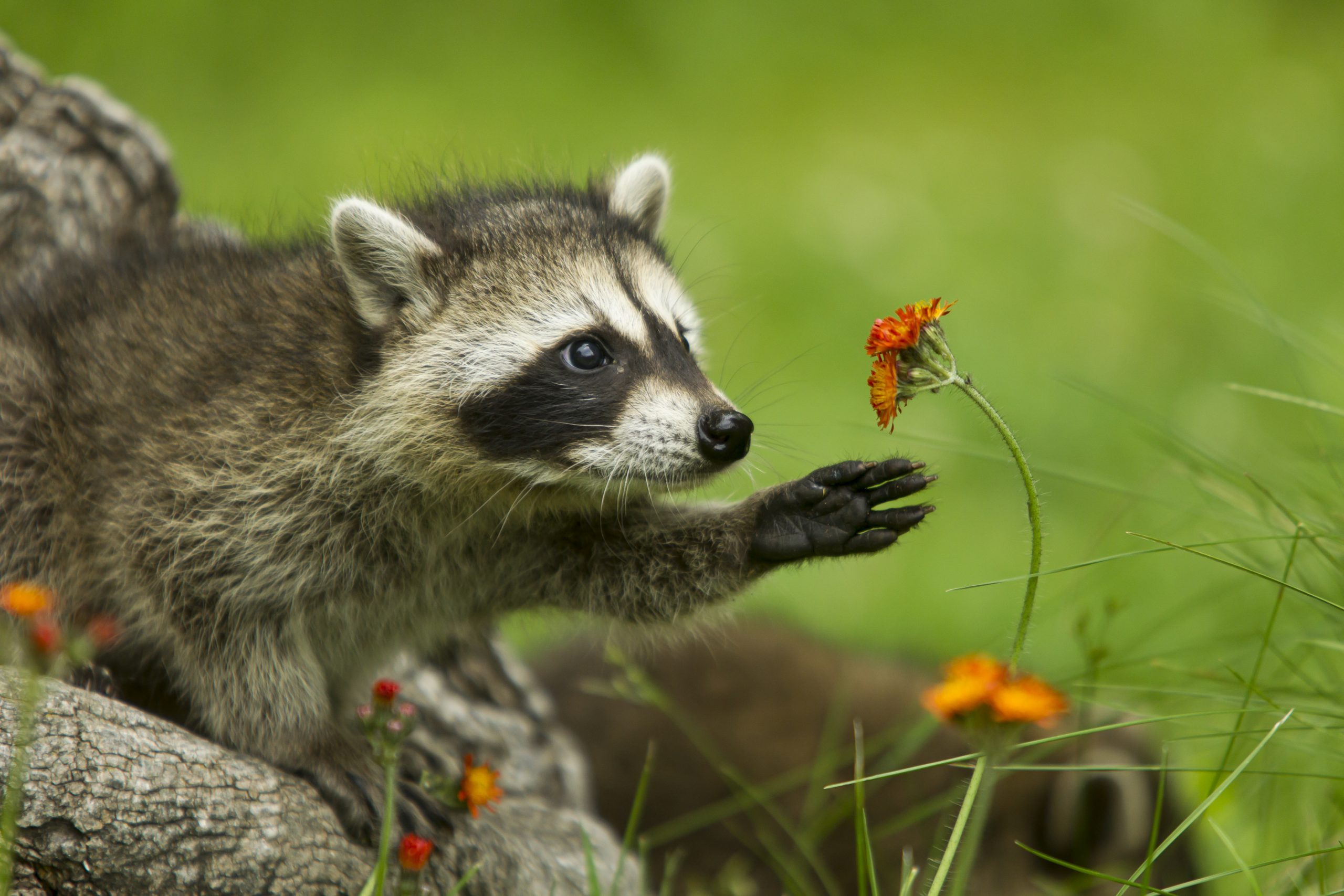
Image Source www.rd.com
The Nocturnal Lifestyle of Raccoons: A Closer Look
When picturing a raccoon, many people automatically think of a creature that prowls the night. However, have you ever wondered if raccoons come out during the day? In this article, we delve into the fascinating world of these mischievous mammals to uncover the truth about their behavior patterns. Brace yourself for surprising discoveries and intriguing insights!
The Sleepy Daytime: Why Raccoons Prefer the Cover of Darkness
Although raccoons are predominantly nocturnal, this doesn’t mean they never venture out during the daytime. Understanding their behavioral patterns will shed light on why darkness is their preferred realm. While their keen senses and adaptations allow them to navigate the night with ease, daylight poses challenges that raccoons are well aware of.
One key factor in raccoons’ nocturnal lifestyle is their inherent aversion to sunlight. Raccoons have highly sensitive eyes that are optimized for low-light conditions. Bright sunlight can be dazzling and uncomfortable for these animals, making them seek sheltered areas during the day. By opting for the darkness, they can go about their daily activities with minimal atmospheric disturbances.
Daytime Explorations: Understanding the Circumstances
Although raccoons primarily operate at night, certain situations can prompt them to venture out during the day. While it’s not their norm, understanding the circumstances that can lead to daytime sightings is crucial for completing the puzzle of raccoon behavior. Let’s explore these exceptions to their nocturnal habits.
One significant factor that can push raccoons into the daylight is hunger. When their food sources become scarce or inaccessible, raccoons may be compelled to take risks and search for sustenance during the day. Human intervention, such as providing food sources or altering their habitat, can also influence raccoons to adjust their behavior patterns.
The Impact of Urbanization on Raccoon Behavior: A Daytime Shift
The encroachment of human activities into wildlife territories has had a profound impact on raccoon behavior. Urban environments, with their readily available food sources and shelter, have enticed raccoons to adapt to a more diurnal lifestyle. This change is an intriguing outcome of the ongoing interaction between humans and wildlife.
Transforming Sleep Patterns: How Raccoons Adapt to Urban Life
In order to thrive in urban areas, raccoons have embraced a varied sleep schedule. The 24-hour artificial lighting in cities has influenced their body clocks, allowing them to adjust and often blur the boundaries between day and night. This adaptation has presented unique opportunities and challenges for raccoons as they navigate the concrete jungles we’ve created.
Another crucial aspect to consider is the availability of food in urban landscapes. Access to human-provided food sources, such as garbage cans and dumpsters, has significantly altered raccoons’ foraging patterns. This has incentivized them to become more opportunistic and explore during the day, when their chances of finding a meal are higher.
Harnessing Knowledge: Coexisting with Raccoons During the Day and Night
Now that we have unraveled the mysteries surrounding raccoon behavior, it’s vital to understand how we can coexist with these creatures in harmony. Whether encountering raccoons during the day or night, there are simple steps we can take to ensure a safe and respectful relationship. By employing preventative measures, such as securing garbage cans and minimizing attractants, we can peacefully share our spaces with these adaptable mammals.
In conclusion, raccoons are primarily nocturnal animals, but they may come out during the day under specific circumstances. Understanding their natural tendencies, as well as how urbanization has influenced their behavior, allows us to appreciate these resourceful creatures better. By adopting a coexistence mindset and implementing appropriate measures, we can admire and respect raccoons in their natural habitat, both day and night.